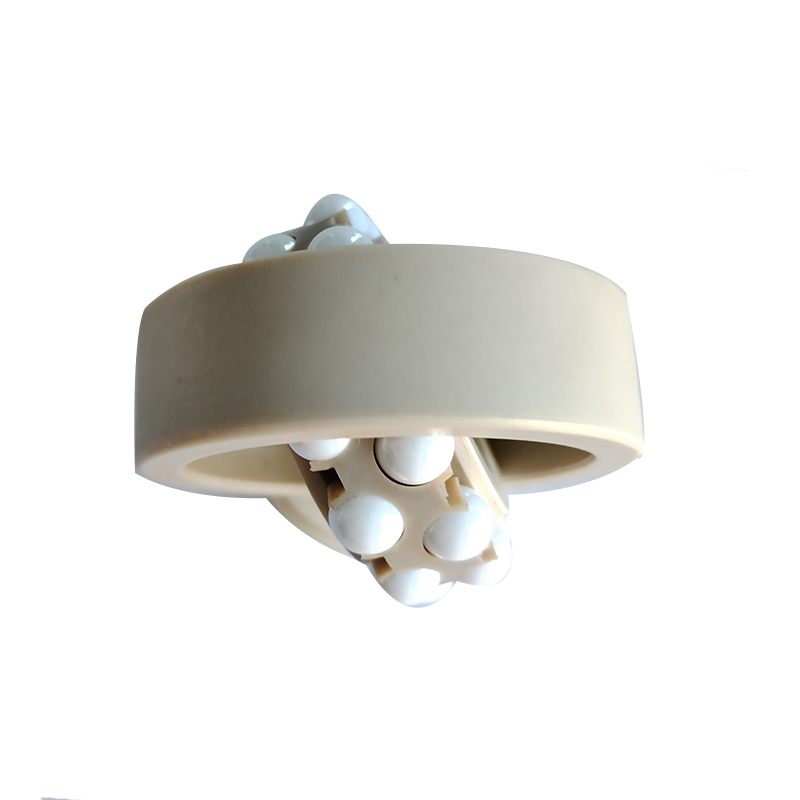Jul . 29, 2024 22:24 Back to list
Exploring the Role of Ball Bearings in Enhancing Motor Efficiency and Performance Optimization
The Role of Ball Bearings in Electric Motors
Ball bearings are integral components in the efficient functioning of electric motors, playing a crucial role in reducing friction and wear in various mechanical systems. An electric motor's performance, durability, and maintenance requirements are significantly influenced by the quality and type of ball bearings used. In this article, we will delve into the function of ball bearings in electric motors, their advantages, and considerations for selecting the right bearings to enhance motor efficiency and longevity.
Understanding Ball Bearings
Ball bearings consist of a series of spherical balls placed between two rings—known as the inner and outer races. This design allows for smooth rotation and minimizes friction between moving parts. In electric motors, these bearings support the rotor, helping it rotate freely around the stator, thus converting electrical energy into mechanical energy.
Function in Electric Motors
The primary function of ball bearings in electric motors is to facilitate the smooth rotation of the motor's rotor. By reducing the friction between the rotor and stationary components, ball bearings allow for more efficient energy conversion. This efficiency is essential not only for the motor's performance but also for energy consumption. Motors with inadequate or poorly designed bearings may experience excessive heat buildup due to friction, resulting in energy loss and potential motor failure over time.
Advantages of Using Ball Bearings
1. Reduced Friction and Heat One of the main advantages of ball bearings is their ability to significantly reduce friction between moving parts. This reduction in friction translates to less heat generation, which can extend the life of both the motor and its components.
2. Increased Efficiency With lower friction, electric motors can operate more efficiently. This efficiency results in lower energy consumption, which is particularly important in applications where motors run continuously.
3. Longevity and Reliability High-quality ball bearings are designed to withstand significant loads while minimizing wear and tear. This durability ensures that motors remain operational for longer periods, reducing maintenance costs and downtime.
ball bearing in motor

4. Versatility Ball bearings come in various types and sizes, making them suitable for different applications. Whether it's a small home appliance or a large industrial machine, there's a ball bearing solution tailored to meet the specific requirements of the motor.
Selecting the Right Bearing
When selecting ball bearings for electric motors, several factors must be considered. These include the load rating, operating speed, environmental conditions, and lubrication requirements. Bearings must be chosen to match the specific application to ensure optimal performance.
1. Load Capacity It is critical to select bearings that can handle the expected loads during operation. Overloading can lead to premature failure.
2. Speed Rating Different bearings are rated for different speeds. Using a bearing that is not rated for the motor's operating speed can lead to overheating and failure.
3. Environmental Considerations Factors such as exposure to contaminants, temperature variations, and moisture levels must be considered. Sealed or shielded bearings may be necessary in harsh environments to protect against debris and lubrication loss.
4. Lubrication The choice of lubricant can also affect bearing performance. Certain applications may benefit from greased bearings, while others may require oil for better heat dissipation.
Conclusion
In conclusion, ball bearings play a vital role in the operation of electric motors by reducing friction, enhancing efficiency, and prolonging lifespan. Understanding the key functions and advantages of ball bearings can aid in selecting the right components for a specific application, ultimately improving motor performance and reliability. By investing in quality bearings and considering the factors outlined above, manufacturers and users can ensure that their electric motors operate at peak efficiency for years to come.
Latest news
-
25x52x44.4mm UEL205 Bearing with Eccentric Sleeve
NewsAug.19,2025
-
High Quality 6319 2RS Deep Groove Ball Bearing 95x200x45
NewsAug.18,2025
-
UCT205-15 Take Up Housing Pillow Block Bearing | Reliable
NewsAug.17,2025
-
CKZ-A Sprag Type Freewheels One Way Clutch - High Performance & Reliable
NewsAug.16,2025
-
ASNU 12-35 NFS TFS Roller Freewheel One Way Clutch Bearings
NewsAug.15,2025
-
Durable AK208 Pillow Block Housing | Reliable Bearing Support
NewsAug.14,2025